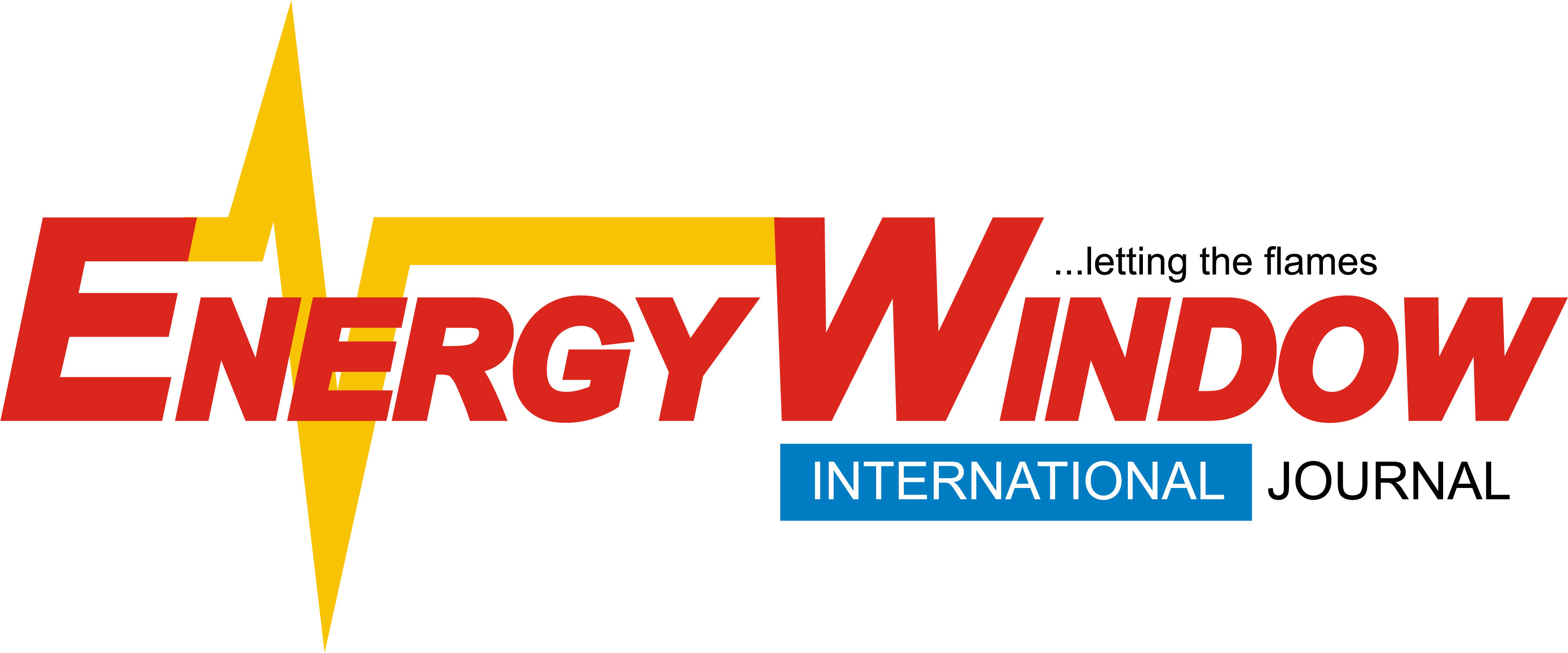By Ejekwu Chidiebere
- Ghana inaugurates a $3.5 million fertilizer blending plant in Greater Accra with 385,000 tonnes annual capacity.
• The plant aims to reduce Ghana’s heavy fertilizer imports, especially NPK, which accounted for nearly 298,372 tonnes in 2024.
• Invess Agriculture plans a 5 million litre liquid fertilizer plant to serve the wider ECOWAS market thereby positioning Ghana as a regional fertilizer hub
Ghana said it has taken a major step to reduce its fertilizer imports by launching a new blending plant in the southeast Greater Accra region. On August 14 the Minister of Trade, Agribusiness and Industry Elizabeth Ofosu-Adjare inaugurated the facility in the Shai Osudoku district.
Energy Window International (Media) gathered that the private sector investors had developed the $3.5 million plant, built by Invess Agriculture Ltd in partnership with the Nitron Group and managed by AAA Infrastructure Ghana Ltd. The plant can produce 385,000 tonnes of granulated fertilizer annually, a press statement which was issued on August 18 by Ghana’s Ministry of Trade revealed.
Mrs. Ofosu-Adjare said the project would help Ghana cut its reliance on foreign fertilizers. Ghana, alongside Nigeria and Côte d’Ivoire are West Africa’s largest fertilizer importers at the moment. Meanwhile Ghana does not produce chemical fertilizers locally hence the blending plants which will at the moment serve as a key option to lower import dependency.
Compound fertilizers especially NPK (nitrogen, phosphorus, potassium) according to the report have always dominated Ghana’s fertilizer imports. The report added that data from the International Fertilizer Development Center (IFDC) has already shown that Ghana imported nearly 554,239 tonnes of fertilizer in 2024, including 298,372 tonnes of NPK.
The IFDC noted that about 4.3% of Ghana’s fertilizer imports in 2023, mostly NPK, were re-exported to neighboring countries. The statement added that with growing local production, Ghana could replace these re-exports with domestic supply and capture more market share in the sub-region.

